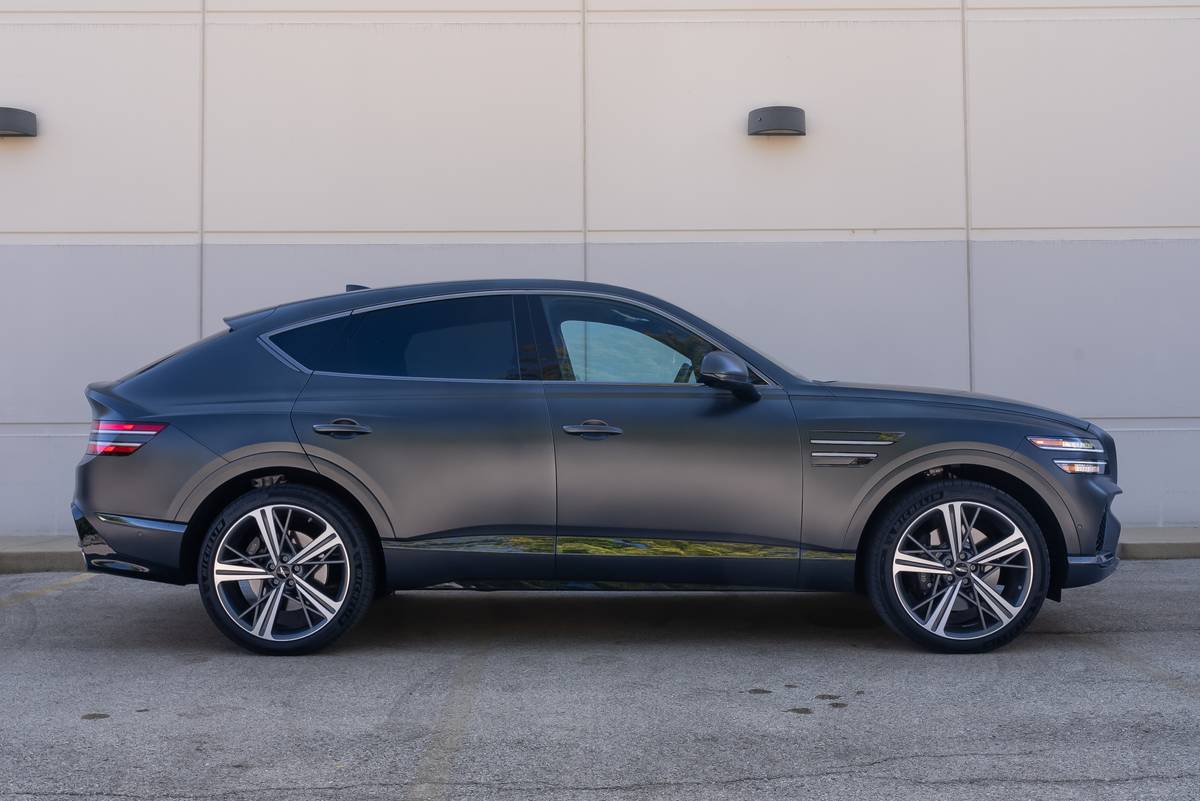washingtonpost.com's view
I WASN’T expecting much. The car was a compact Oldsmobile, a 1995Oldsmobile Achieva S sedan. I last drove one in 1992, the year theAchieva was introduced. To say the least, I was underwhelmed.
But here was Fred Mackerodt on the telephone. Mackerodt’s apublicist for Oldsmobile. He said that I ought to take another look atthe Achieva. I said, “Okay.” I mean, what the heck. It was a car, and Iseldom turn down the chance to drive a new one.
The new Achieva’s exterior was as boring as I figured itwould be, even with its sports fascia and rear deck-lid spoiler.
The car’s interior didn’t look much better. It was two stepsabove a confessional, and that’s only because the Achieva’s cabin hadlights.
I was about to call Mackerodt to tell him to take back hiscar. But my editors sent me on assignment to Richmond, some 220 milesround-trip from Washington. I drove the Achieva — and discovered thatthe danged thing could run.
Clearly, this was NOT the same Achieva I had driven in 1992.This one had guts, chutzpah. I guess it’s true: Real beauty lies beneaththe skin.
Background: The Achieva was a General Motors Corp. “committeecar,” which meant it was more the product of conventionalism andcompromise than it was of daring and imagination. There was nothingwrong with it, per se. But there was nothing terribly right about iteither.
What to do with such a snoozemobile? Oldsmobile freshened theAchieva’s exterior, which means it added a few pieces here and there ina failed attempt to give the car some personality. Had Olds stoppedthere, the Achieva would’ve gone back to Mackerodt well before the endof its week with me.
But Olds did much more. It beefed up the Achieva’s suspensionby reworking the car’s shock-absorber valving, front struts and rearaxle. A rear anti-roll bar was added. Fourteen-inch tires — measuringthe rim diameter — were replaced with 15-inch rubber. The result is acompact car that corners and handles as well as anything in its class.
Standard Achieva equipment includes a driver’s side air bag(no passenger bag), anti-lock brakes, a five-speed manual transmissionand a 2.3-liter, four-cylinder, double-overhead cam engine rated 150horsepower at 6,000 rpm. Max torque is set at 145 pound-feet at 4,800rpm.
The test car, an Achieva S, was equipped with an optional3.1-liter V-6 rated 155-horsepower at 5,200 rpm. Torque is set at 185rpm at 4,000 rpm. An optional four-speed automatic transmission wasinstalled in the test model.
Complaints: No passenger air bag. Depressingly boring, blandexterior and interior.
Praise: Super commuter and pretty darned good on long runs too.In fact, in terms of road performance, the Achieva is an exceptionallycompetitive, front-wheel-drive, passenger car.
Head-turning quotient: What? Get outta here.
Ride, acceleration and handling: With the 3.1-liter V-6, tripleaces. One of the best-performing compacts on the market. Braking wasexcellent.
Mileage: About 25 miles per gallon (15.2-gallon tank, estimated363-mile range on usable 87-octane unleaded), riding mostly highway anddriver only with air conditioner in operation.
Sound system: Basic four-speaker AM/FM stereo radio and cassetteby GM/Delco. Quite decent.
Price: Base price on the tested Achieva S (Series II) is$15,405. Dealer invoice is $14,404. Price as tested is $16,854,including $954 in options and a $495 destination charge.
Purse-strings note: If you care more about quality, performanceand value than you do about looks, the Achieva is the compact for you.Compare with Pontiac Grand AM, Chrysler Cirrus and Stratus, Ford Contourand Mercury Mystique, Toyota Camry, Mazda 626, Nissan Altima, SubaruImpreza and Volkswagen Golf.
Latest news

10 Biggest News Stories of the Week: Jeep Wrangler Rides on Audi E-Tron GT, Chrysler Pacifica Hybrid


